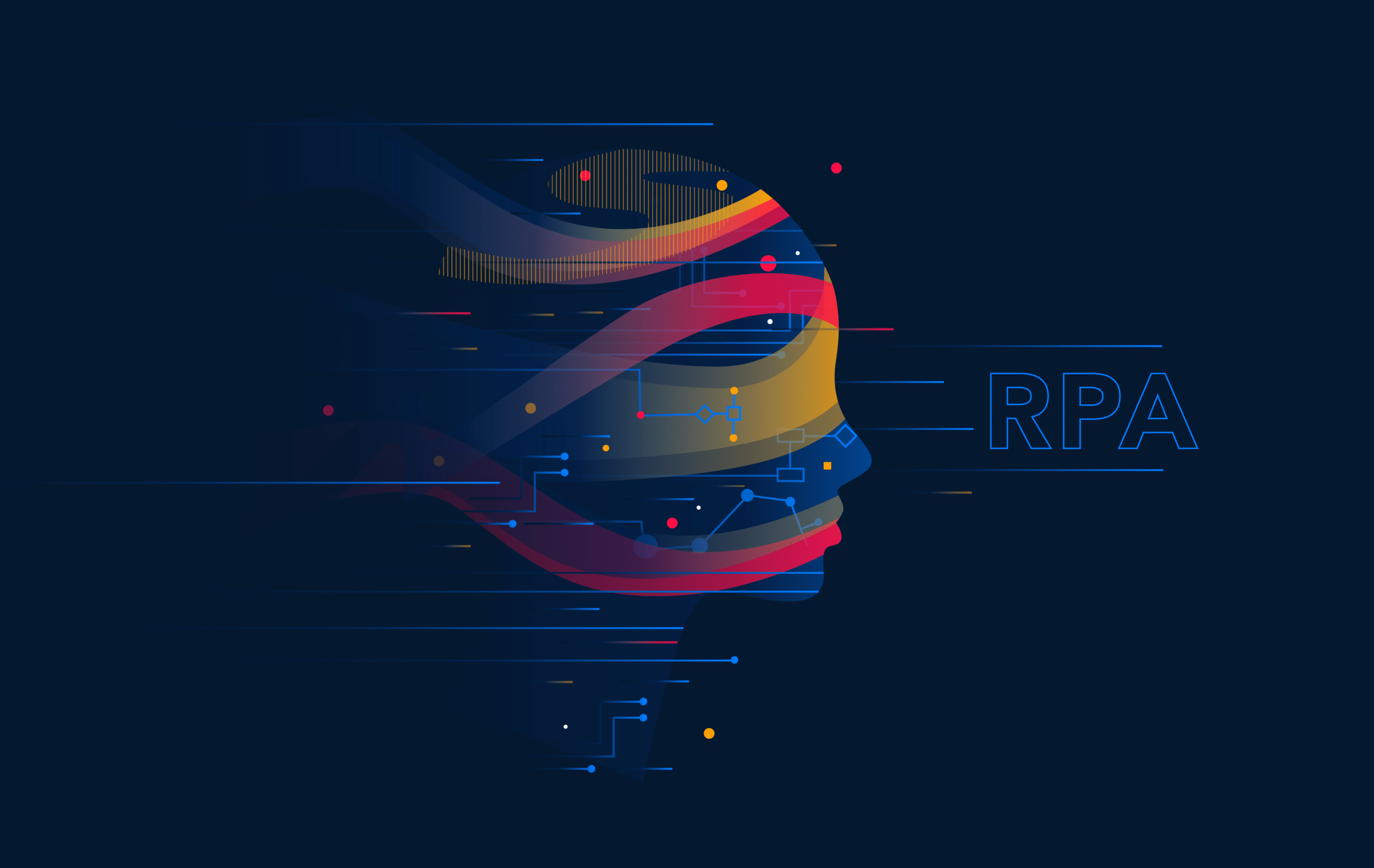Robotic Process Automation (RPA) Services from Niyama Global
Automating Repetitive Tasks for Increased Efficiency

Niyama Global's RPA services help businesses automate repetitive and time-consuming tasks, freeing up employees to focus on more strategic initiatives. By leveraging RPA, businesses can reduce errors, increase efficiency, and achieve cost savings.
Niyama Global's RPA services can be applied to a range of industries, including finance, healthcare, and manufacturing. With a focus on delivering scalable and flexible solutions, Niyama Global can help businesses achieve their digital transformation goals and succeed in a rapidly changing world.
Niyama Global's RPA services can be applied to a range of industries, including finance, healthcare, and manufacturing. With a focus on delivering scalable and flexible solutions, Niyama Global can help businesses achieve their digital transformation goals and succeed in a rapidly changing world.
